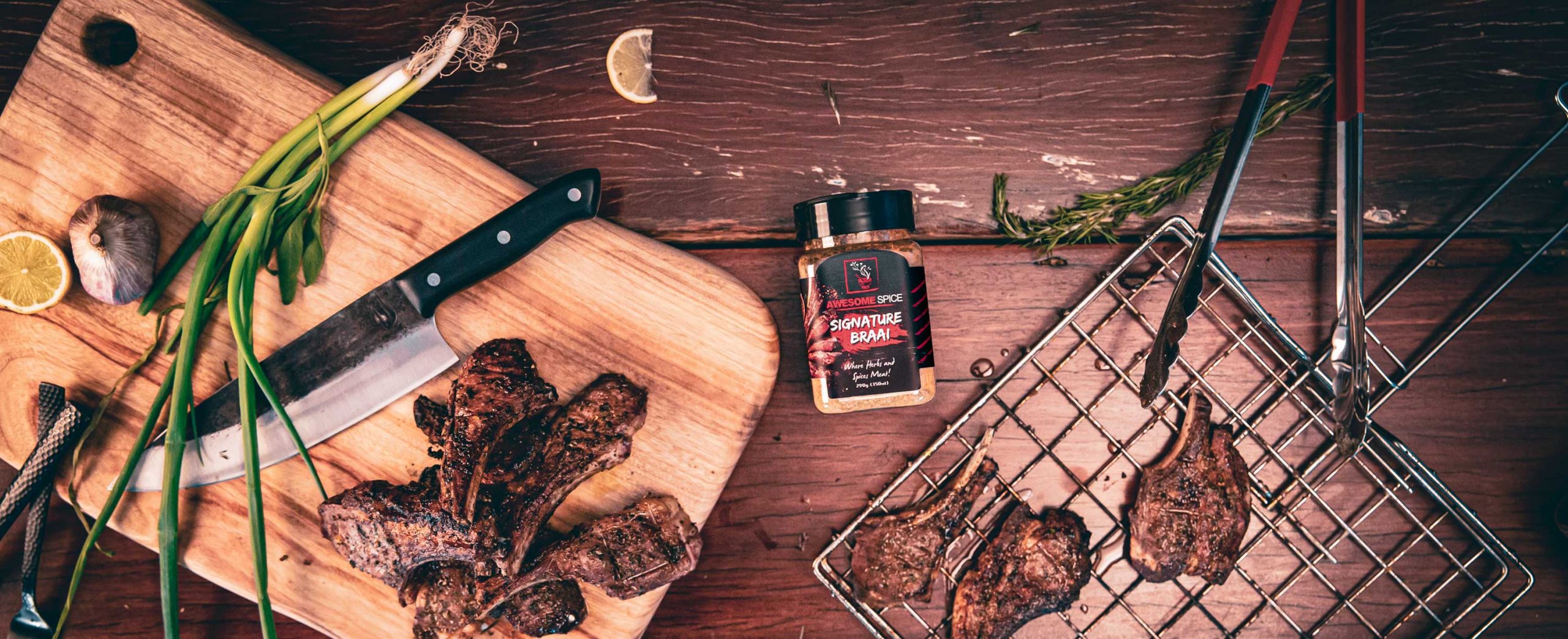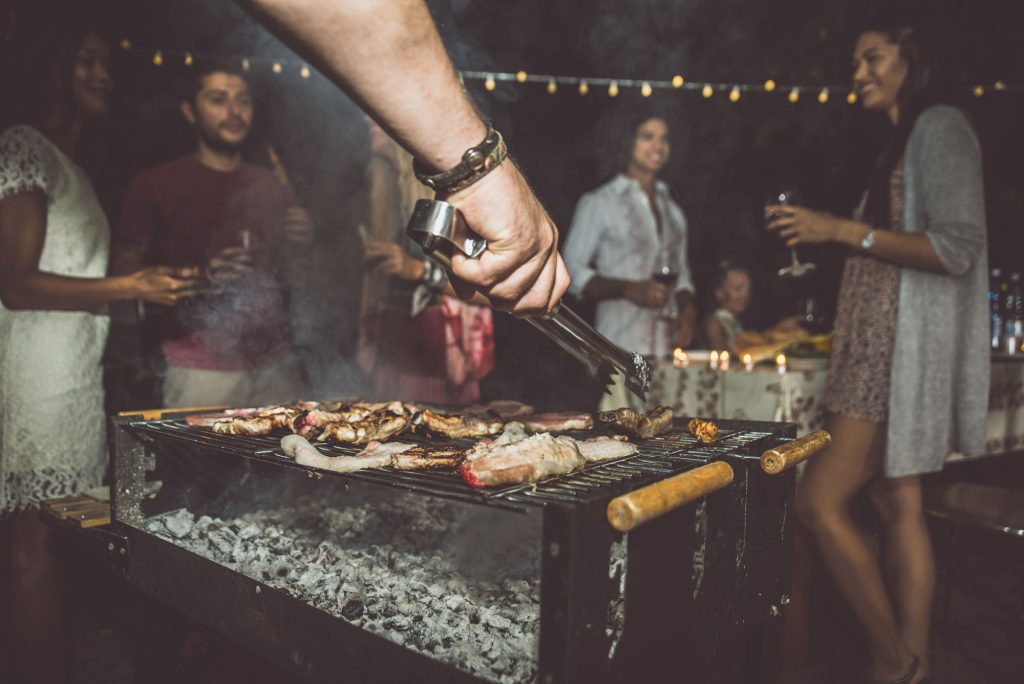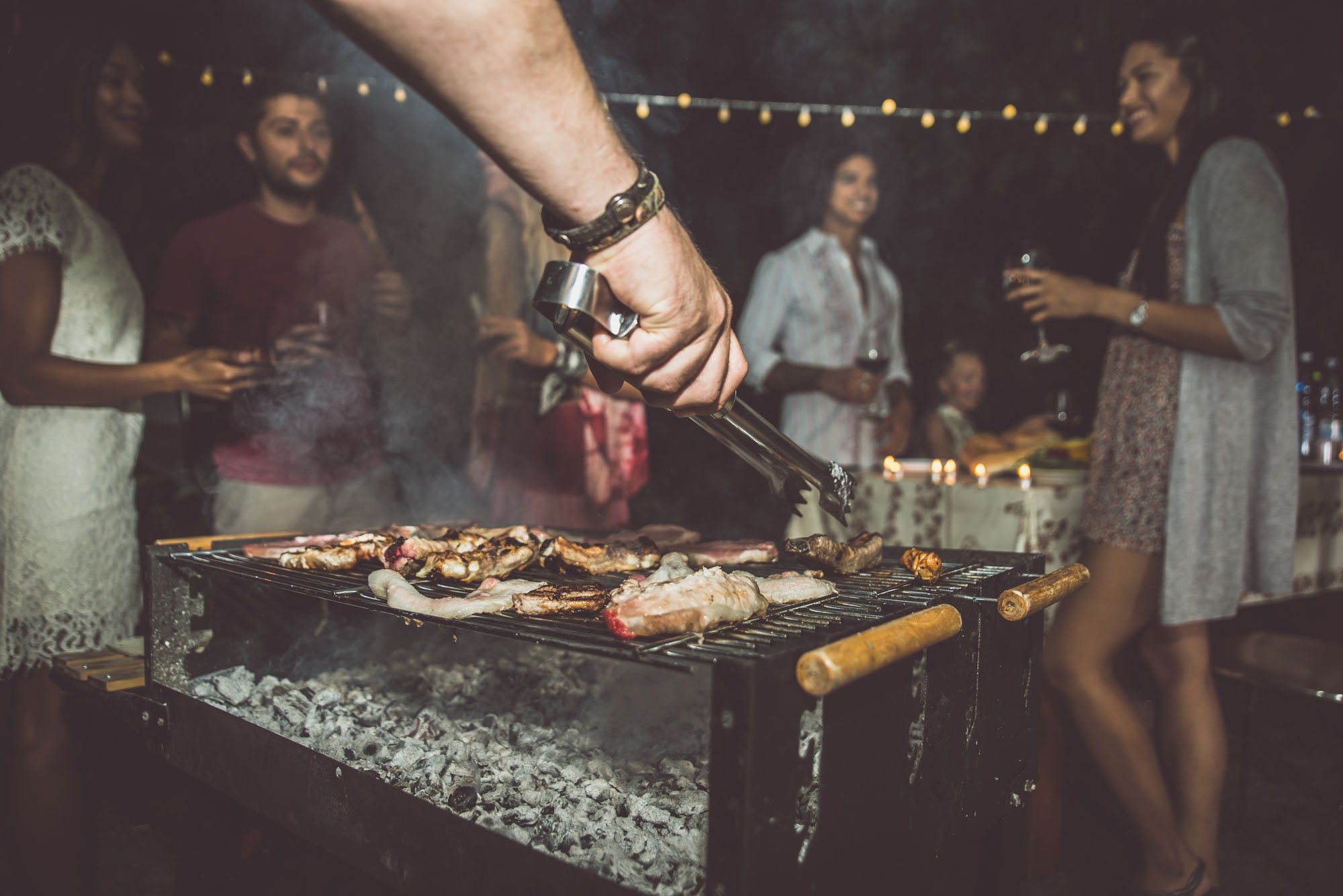When one thinks of South Africa, a few images inevitably come to mind: breathtaking landscapes, diverse wildlife, and the unmistakable aroma of meat sizzling over an open flame. This is the essence of South African braai culture, a beloved tradition that goes far beyond mere cooking. For Australians and others unfamiliar with this cultural cornerstone, here’s a deep dive into the origins, evolution, and enduring significance of braai in South Africa.
Origins and Early Influences
The tradition of cooking meat over an open flame is as old as humanity itself. In southern Africa, this practice was perfected by the indigenous Khoisan people long before the arrival of European settlers. These early inhabitants cooked game meat over fires using simple, effective techniques passed down through generations. They also used local salts, herbs and spices to flavour their meat. This created a distinctive taste that influenced later braai traditions.
Indigenous Practices and Dutch Influence
When Dutch settlers arrived in the 17th century, they encountered the well-established cooking practices of the Khoisan. The settlers learned from these indigenous methods and incorporated them into their traditions. The use of local herbs and spices, along with the techniques for cooking over open flames, merged with European methods. This combination formed a unique style of cooking known as braai.
The Afrikaner Tradition
The Afrikaners, primarily farmers and herders, developed a lifestyle deeply intertwined with livestock and meat. Their pastoral way of life naturally led to communal cooking methods. Families and neighbours gathered to cook and share meals. The term “braai” itself is derived from the Afrikaans word “braaivleis,” meaning “grilled meat.” Over time, braai became more than just a method of cooking. It became a symbol of unity, community, and celebration among Afrikaners.
South African Braai Culture: A Cultural Melting Pot
While the Afrikaners played a pivotal role in shaping the braai tradition, South Africa’s rich cultural diversity further enriched it. Various communities across the nation, each with their unique traditions, added layers of flavour and technique. This cultural fusion is evident in the variety of meats, marinades, and side dishes that accompany a typical braai.
Traditional Braai Methods and Practices
One of the most distinctive aspects of South African braai culture is its adherence to traditional methods. While much of the world has shifted to gas grills for convenience, true braai enthusiasts in South Africa remain loyal to wood or charcoal fires. Specific types of wood, such as kameeldoring (camel thorn) and sekelbos (sickle bush), are preferred for the unique flavour they impart to the meat.
The Social Aspect of Braai
The process of braai is as much about the social experience as it is about the food. It’s customary for the host, often regarded as the “braaimaster,” to prepare and grill the meat. Guests bring side dishes and drinks. Common side dishes include pap (a maize porridge), chakalaka (a spicy vegetable relish), and braaibroodjies (grilled sandwiches with cheese, tomato, and onion).
Iconic Moments and Cultural Significance of Braai
Braai is celebrated nationwide, with September 24th designated as National Braai Day. This coincides with Heritage Day. This day, popularised by Jan Scannell, known as “Jan Braai,” is a testament to the unifying power of braai. It brings together South Africans of all backgrounds to celebrate their shared heritage around the fire.
Braai is also a staple at sporting events. It serves as a focal point for social gatherings. Whether it’s a rugby match, cricket game, or football tournament, the braai fire becomes a place for camaraderie and festivity.
Growing Popularity of Braai in Australia
In recent years, braai has seen a surge in popularity in Australia. This is driven by the growing South African community and Australians’ love for outdoor cooking. Fire cooking is becoming more embraced. Many Australians are exploring the rich flavours and communal joy that braai offers. Iconic South African foods like boerewors, a traditional sausage, have found their way into Australian markets and barbecues. This introduces more people to the delights of braai.
For South Africans who have migrated to Australia, braai is more than just a way to cook food. It is a comforting reminder of home. Gathering around a braai fire, enjoying the familiar flavours of grilled meat and traditional side dishes, helps ease the transition and brings a sense of belonging. It’s a cherished tradition that makes the distance from their homeland feel shorter and the new surroundings a bit more like home.
A Common Joke and Braai Culture
A common joke among South Africans, often shared with new Australian friends, is the Afrikaans phrase “Ons Gaan Nou Braai” which translates to “We are going to braai just now.” Many Australians have learned that this often means the meal might not be ready until much later in the evening. There is always more wood to put on the fire and drinks to pour before the braai starts, prolonging the event and making the night last as long as possible. This laid-back approach to time is a quintessential part of the braai experience, emphasising relaxation and socialising over strict schedules.
The YouTube video below explains this joke very clearly. Although there are some Afrikaans mixed with English, I am sure you will get the picture!
Modern Adaptations and Continuity of Braai
In urban areas, braai has adapted to modern living spaces. Portable braais and designated braai areas in parks allow city dwellers to partake in this cherished tradition. Many modern homes feature “braai rooms,” indoor facilities designed to accommodate braai all year round.
Despite these modern adaptations, the core of braai remains unchanged. It continues to be a communal activity that brings people together, fostering a sense of belonging and continuity. Sustainable practices are also gaining traction. Many are opting for eco-friendly charcoal and responsibly harvested wood.
Also See:
The Rich Diversity of South African Food: A Taste of Culture and Heritage
Conclusion
Braai is more than just a way to cook food in South Africa; it is a cultural institution that embodies the spirit of community, tradition, and celebration. From its roots in indigenous practices, through its evolution with Afrikaner influence, to its growing popularity in Australia, braai represents the rich tapestry of South African life. As Australians and others learn about this vibrant tradition, they gain insight into a unique aspect of South African culture that is both timeless and ever-evolving.
By embracing the tradition of braai, South Africans and Australians alike celebrate their heritage, connect with one another, and create lasting memories around the warmth of the fire.




